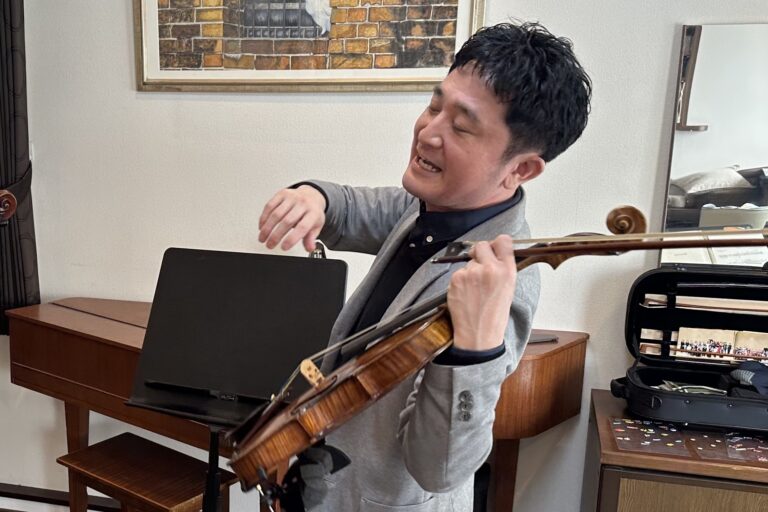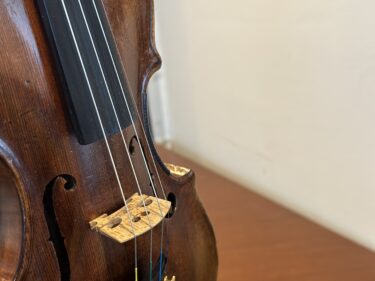Hello, aspiring violinists! Welcome to the first entry of our blog, dedicated to helping you embark on your violin journey. Here, we’ll provide you with tips, tricks, and advice to make your experience as enjoyable and rewarding as possible. Whether you’re picking up the violin for the first time or looking to improve your skills, this blog is for you!
- Choosing the Right Violin
Your first step in learning the violin is selecting the right instrument for you. While there are many types and sizes of violins, it’s crucial to find one that fits your body and feels comfortable to play. A general rule of thumb is to choose a violin based on your arm length:
- 1/16 size for children aged 3-5
- 1/10 size for children aged 4-6
- 1/8 size for children aged 5-7
- 1/4 size for children aged 6-9
- 1/2 size for children aged 8-11
- 3/4 size for children aged 10-12
- 4/4 size (full size) for teenagers and adults
- Finding the Right Teacher
A skilled and patient teacher is essential for any beginner violinist. Seek out recommendations from friends, family, or online communities. When selecting a teacher, make sure they have a good understanding of your goals and expectations. Don’t be afraid to ask about their teaching methods, qualifications, and experience.
- Proper Posture and Technique
Developing good posture and technique from the start will prevent bad habits and ensure progress in the long run. Your teacher will guide you in developing proper posture, but here are a few tips to keep in mind:
- Stand up straight, with your feet shoulder-width apart and your knees slightly bent.
- Hold the violin with your left hand, keeping your thumb under the neck and your fingers curved over the strings.
- Keep your right arm relaxed and use your wrist and fingers to control the bow.
- Practice Makes Perfect
Regular practice is the key to improvement. Schedule practice sessions throughout the week, ideally for at least 30 minutes a day. Break up your practice time into smaller segments to focus on different aspects of your playing, such as scales, etudes, and repertoire pieces.
- Embrace Challenges and Stay Positive
Learning the violin can be challenging, but remember to be patient with yourself and enjoy the process. Don’t be discouraged by setbacks; they are a normal part of learning. Instead, view them as opportunities for growth and celebrate your progress along the way.
We hope these tips and tricks will help you as you begin your violin journey. Keep an eye out for future blog posts where we’ll delve deeper into various aspects of violin playing and provide helpful resources. Happy practicing!





